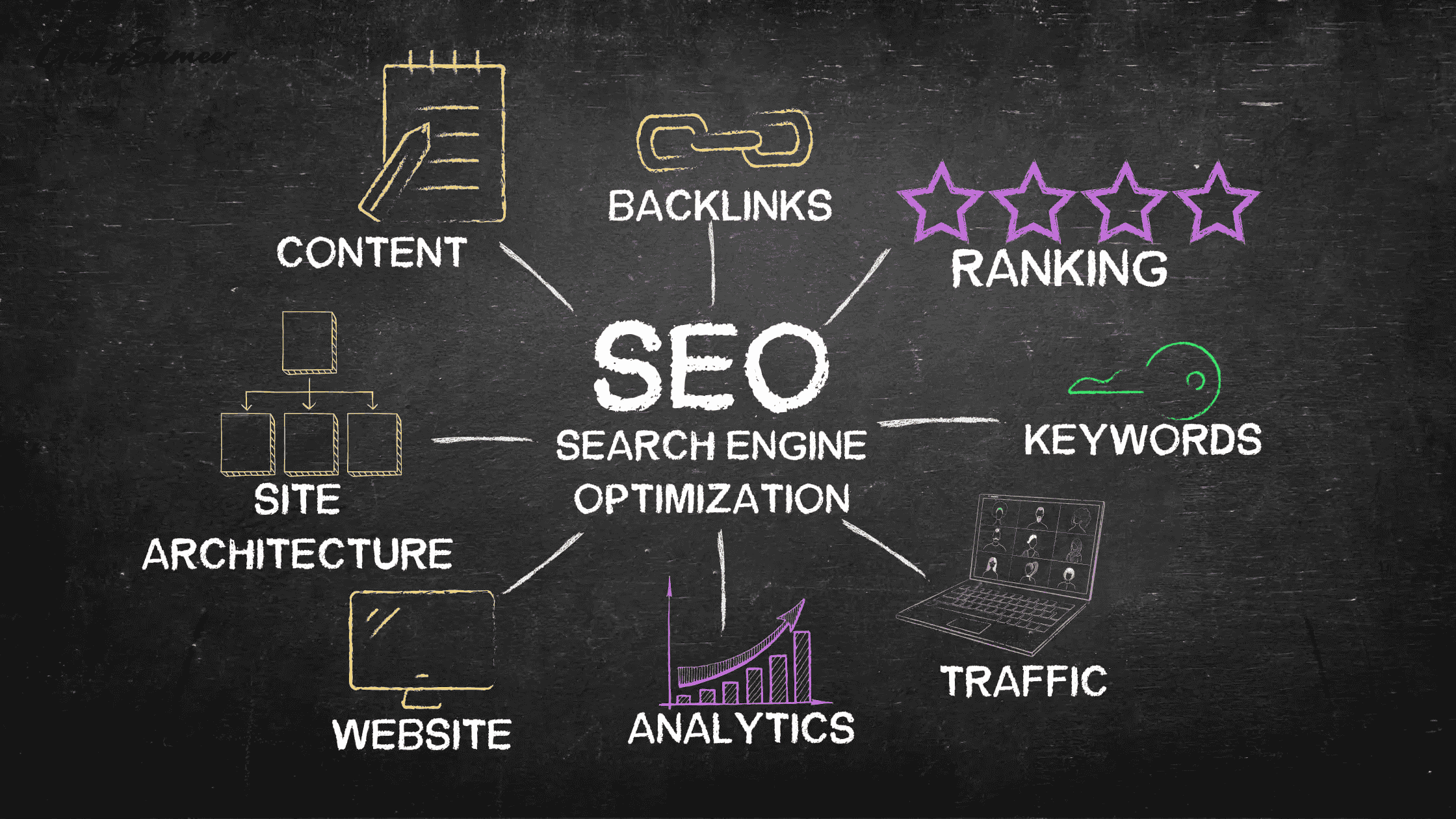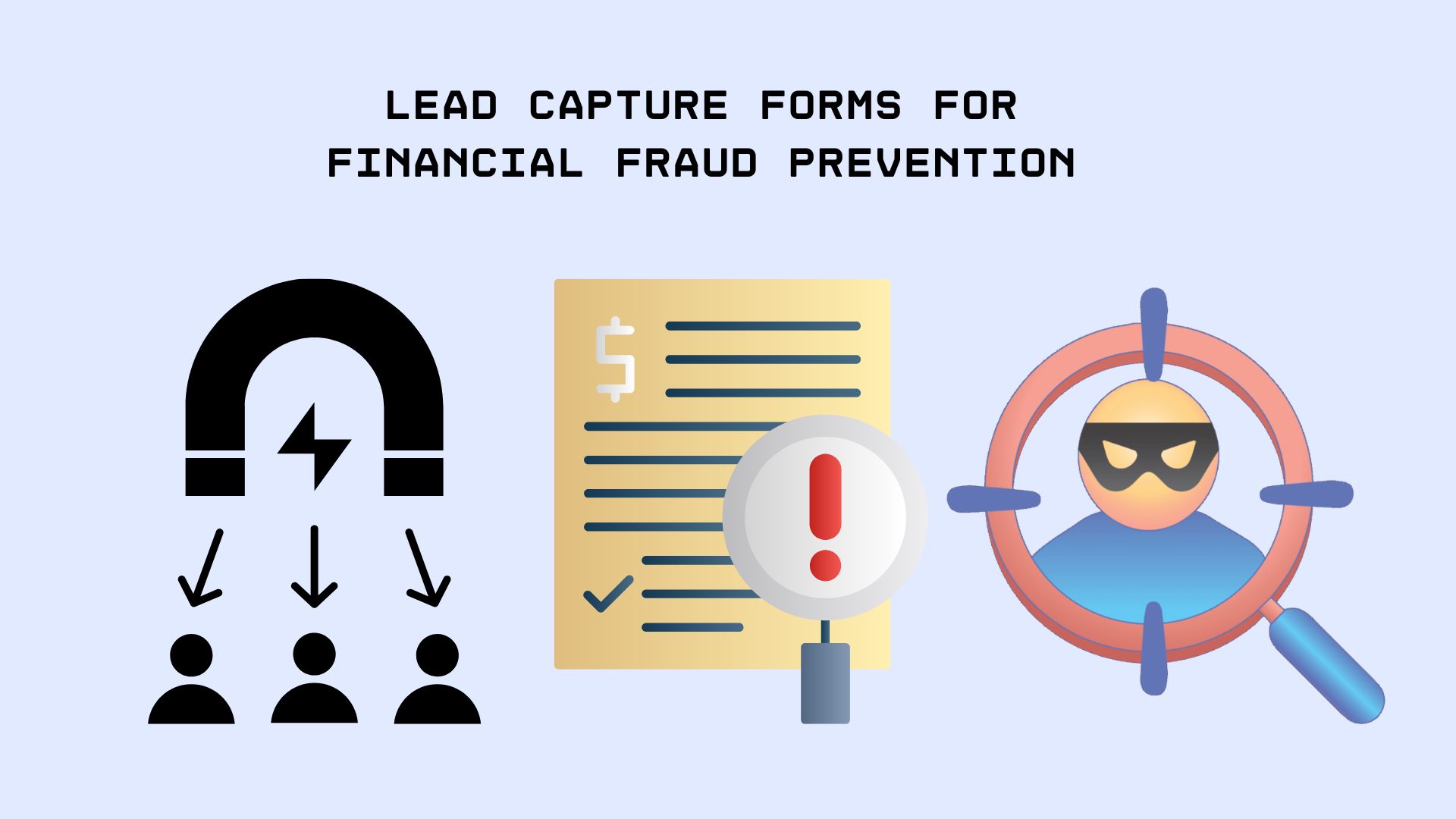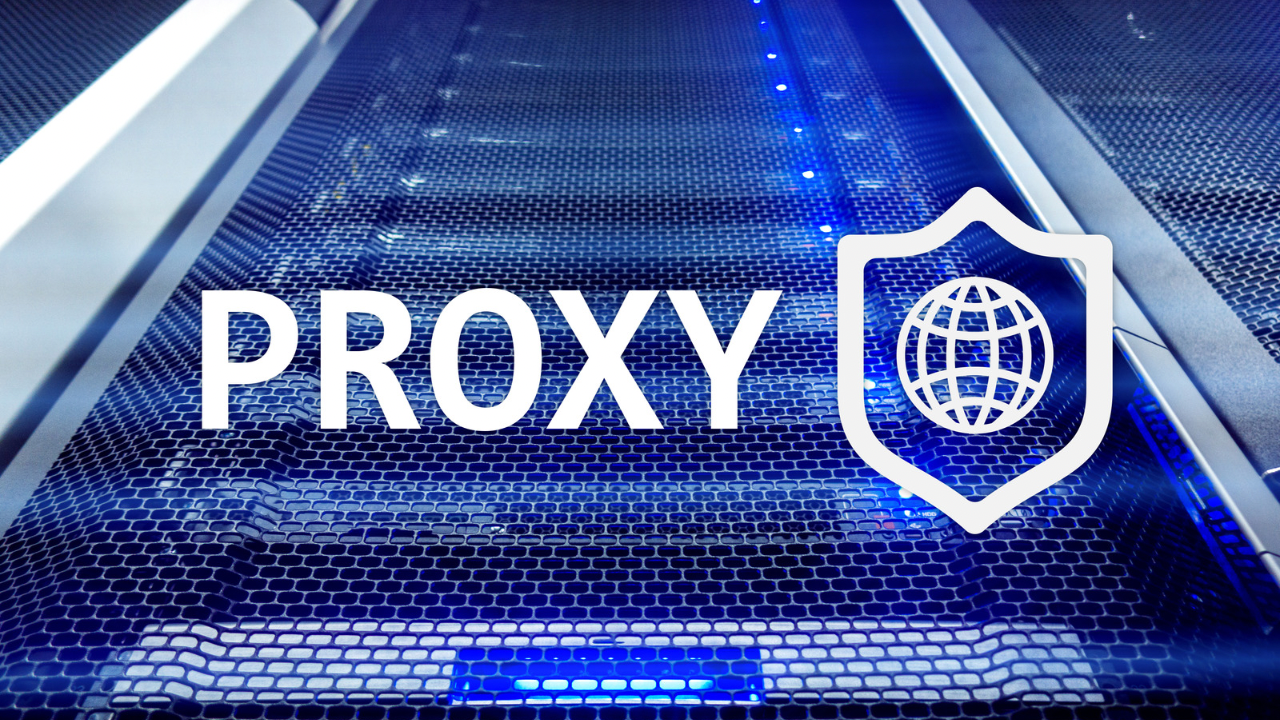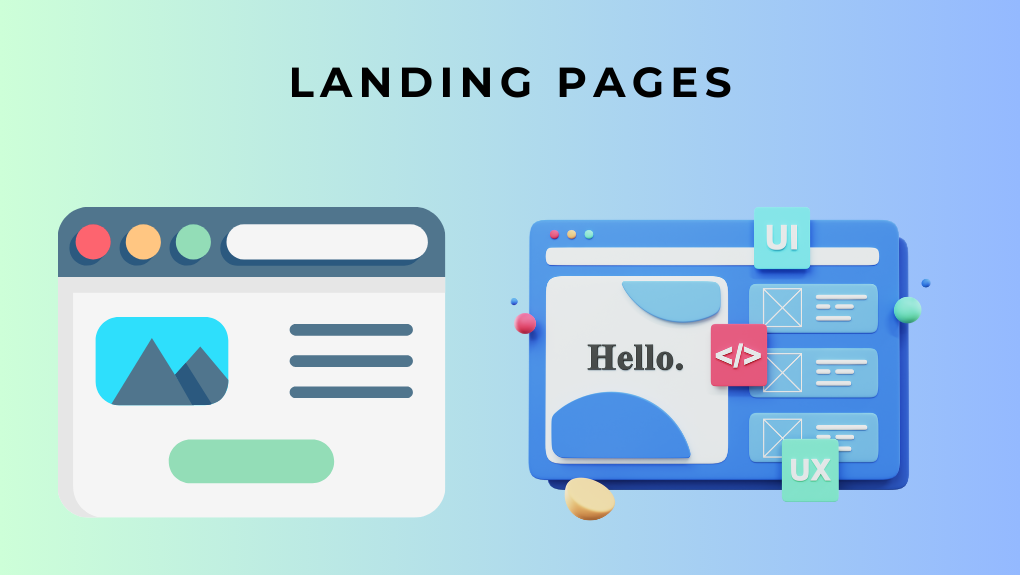7 Conversion-Focused Strategies to Market High-Ticket Wellness Products in a Competitive Landscape
In today’s booming wellness industry, hundreds of products compete for attention—and buyer wallets. From detox teas to red light therapy masks, the market is crowded.
But if you’re selling something like a hyperbaric chamber, a high-ticket, niche wellness device—you’re playing a different game. Your buyers are cautious. The sales cycle is longer. And trust is everything.
So, how do you generate leads and close sales for something that costs thousands and still feels “new” to most people?
Here’s your roadmap.
1. Identify and Segment Your Buyer Personas
Before you launch any lead magnet, SEO campaign, or sales funnel, you need to ask: who exactly are you marketing to?

And no, it’s not just "business owners" or "marketers." In today’s SEO landscape, your audience could include
- Startup founders looking to scale organic traffic fast
- E-commerce brands wanting better visibility on Google Shopping
- Local business owners aiming to dominate map pack rankings
- Agencies outsourcing link building or technical audits
- Content creators seeking to monetize traffic through affiliate SEO
These aren’t passive browsers—they’re actively comparing SEO strategies, tools, and service providers to grow their online presence and increase ROI
Example: Build landing pages tailored to each audience segment. For instance, a page targeting local business owners might headline:
“Get Found by Customers in Your City—Local SEO Services That Deliver.”
Speak their language. Address their biggest challenges—whether it’s low traffic, poor rankings, or slow website speed. That’s how you turn visitors into qualified leads.
2. Use Visual Proof, Not Just Words
Reading about benefits is one thing. Seeing results is another.
People want proof. Real people. Real usage.
Include:
- Testimonial videos from people who’ve improved their sleep, healing, or energy
- Before-and-after case studies, especially for patients or older users
- Quick reels showing ease of setup in a home environment
- Behind-the-scenes videos from your factory or health experts explaining how it works
Example: Collaborate with GoHighLevelExpertTeam to organize leads and automate follow-up with anyone who watches 80% or more of your testimonial video.
This builds not only awareness but also conversion momentum.
3. Position It as a Daily Lifestyle Upgrade
Your buyer doesn’t want a “machine.” They want something that fits into their life and makes it better.
Reframe your product/strategy as a lifestyle upgrade:
- “Recharge your energy after just one hour in the chamber.”
- “Experience restful sleep and sharper focus—without meds.”
Example visuals:
- A mom relaxing inside the chamber with tea and a podcast
- A senior reading a newspaper mid-session
- A fitness coach highlighting it as a key part of their home gym
Make it feel normal, not “clinical.” That’s when people start to say, “Maybe I need this too.”
4. Use Influencers with Trust, Not Just Reach
Micro-creators convert better than celebrities. Why? Authenticity.
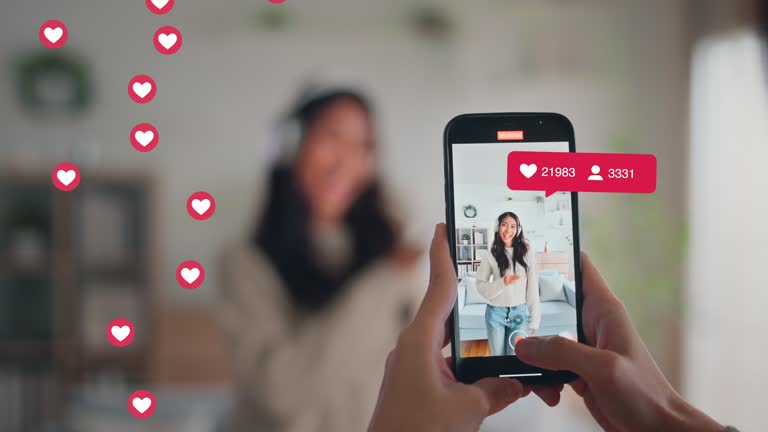
Look for:
- Health YouTubers with explainer-style content
- Wellness coaches who speak plainly to real audiences
- Mom bloggers or remote work influencers doing honest reviews
Example: Send a unit to a wellness podcaster. Ask them to document:
- What it felt like the first time
- Changes in sleep or energy after 7 days
- How they schedule it into their daily life
Then link that content to a LeadGenApp-powered quiz or checklist:
"Is Oxygen Therapy Right for Your Wellness Goals?"
It’s trust → traffic → lead.
5. Break Objections: Cost and Setup
Many leads drop off because they assume:
- “This must be too expensive.”
- “It’ll be hard to set up at home.”
Your job is to break those mental walls early.
Tactics:
- Show simple financing plans—“From just $199/month.”
- Share a 2-minute setup video with unboxing tips
- Offer a free Zoom walkthrough after purchase
- White-glove delivery options (even if virtual)
Example headline:
"Not Just Affordable—Effortless to Install and Use. See for Yourself."
Bonus Tip: Create a short guide or landing page titled:
“What to Expect When You Buy a Hyperbaric Chamber for Home Use” —answering questions about space, safety, noise levels, and maintenance. This builds trust and removes hesitation before the lead even speaks to your sales team.
Clarity breeds confidence—and confident leads convert faster.
6. Add Value with Smart Bundles and Bonuses
Forget shallow discounts. Offer rich, themed bundles that make buyers feel they’re getting a whole experience.

Ideas:
- Recovery Kit: Includes upgraded masks, essential oils, and noise-canceling headphones
- Focus Pack: Breathwork eBook, meditation app trial, and blue-light glasses
- Family Plan: Extra masks, safety training videos, and group scheduling templates
Example CTA:
"Claim Your Bonus 'Focus Kit,' Only for Orders This Week!"
It nudges fence-sitters across the line.
7. Ride Health Trends, Not Just Features
People don’t search for “hyperbaric chamber features.” They search for solutions related to trending problems:
- Detox
- Brain performance
- Better sleep
- Anti-aging
Examples of high-converting content:
- “Can Oxygen Therapy Make You Look Younger?”
- “Why Pro Athletes Are Skipping Pills for Recovery Chambers”
- “Boost Focus and Brain Clarity—In Just 1 Hour a Day”
Use these angles in your reels, lead magnets, and email campaigns.
Final Thoughts
Marketing high-ticket wellness products isn’t about noise; it’s about narrative and nurturing.
In a noisy market, people don’t want more facts; they want real solutions that fit into their lives.
Marketing hyperbaric chambers means moving beyond technical features and stepping into storytelling, smart positioning, and customer-first thinking.
When you can do that well, even a saturated wellness industry has plenty of room for your brand to breathe.


